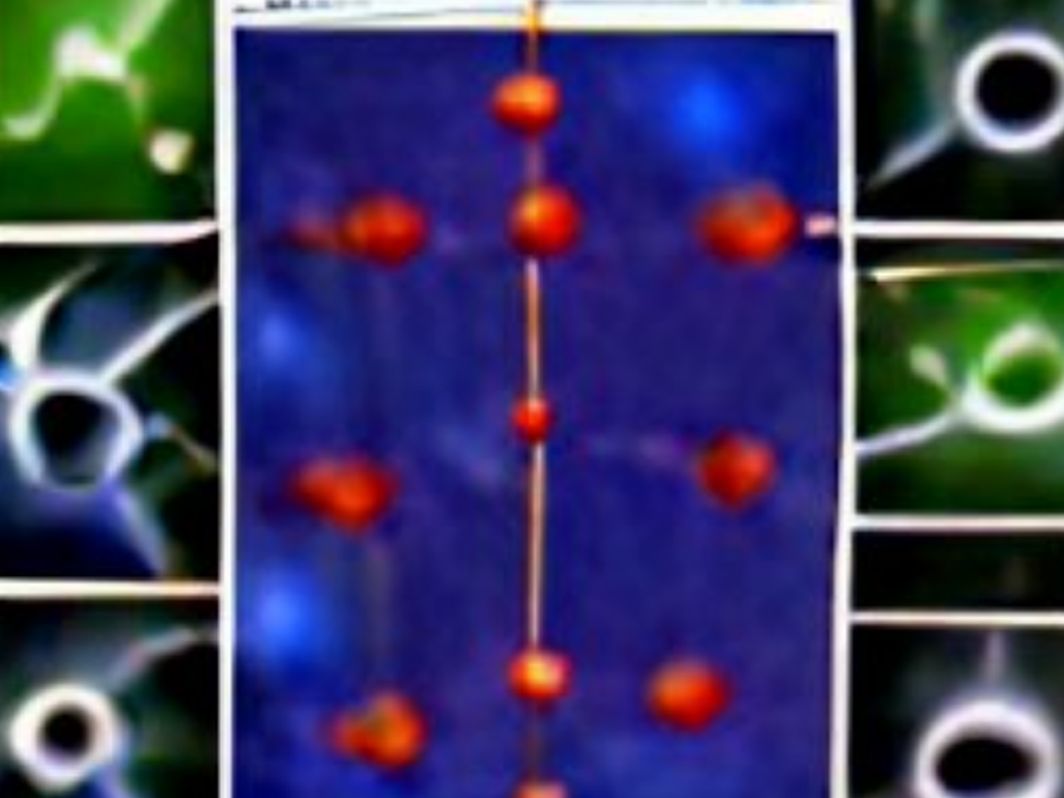Avalilable instruments
 We have following equipment in our
group:
We have following equipment in our
group:
Sample growth trays
For preparation of new
samples we use a broad range of furnaces
- monoarc - arc furnace is used for the preparation of polycrystalline intermetallics
- triarc - a triple-arc furnace enables the preparation of single crystals using the Czochralski method
- optical furnace - preparation of monocrystalline samples by the so-called "floating zone" method, when the precursor is melted, or part of it in the focus of four powerful halogen lights
- Bridgman's method - a monocrystalline sample grows from a seed (first grain) in the tip of a closed Mo or Ta crucible, which is gradually heated to the expanded part, crystal formation by bonding other layers in the wider part of the crucible
- method of growth from a supersaturated solution - flux - heating the melt with the help of several multi-purpose furnaces with subsequent separation of samples using a centrifuge
- 4-zone gradient furnace - possible use for several types of sample preparation, most often used for the chemical vapor transport method (Chemical vapor transport - CVT)
- splat cool - the melt of the sample is rapidly cooled down by pressing between two copper plates; a method useful for the preparation of high-temperature phases that would lose their structure by slow cooling; preparation of amorphous substances
Get to know your sample
Before
studying the physical properties of the prepared materials, it is necessary to
verify their quality. To characterize the quality and phase purity of the
prepared samples, we have a number of devices and
equipment
- Bruker D8 Advance - X-ray diffractometer allowing to obtain information about the crystal structure of the studied substance and its phase purity
- D500 - low-temperature diffractometer designed for the study of crystal structure at low temperatures of 3-300K
- Laue - diffractometer, which we use to determine the orientation of the crystal lattice of single crystal samples
- Rigaku Rapid II - diffractometer with a flat detector of a cylindrical shape and variability of the wavelengths of the source radiation, used to study the details of the crystal structure of single crystals, newly also for powder diffraction under high pressure
- SEM Mira3 - electron microscope for characterizing the surface of samples (surface of bulk samples, thin layers, nanoparticles) with a built-in EDS detector for determining the chemical composition of the measured sample
Cryostats
We obtain essential
information about the studied materials using a number of devices capable of
ensuring multi-extreme conditions (low temperatures, high magnetic
fields)
- MPMS 7T - magnetometer for measuring the magnetic signal (magnetization, magnetic susceptibility) with the maximum fundamentally possible sensitivity, in the temperature range of 1.8-320K and magnetic fields up to 7T, with the possibility of hydrostatic pressure up to 1GPa
- PPMS 9T - one of the mostly used devices enabling the measurement of a wide range of physical parameters (electrical resistance, specific heat capacity, magnetization, thermal expansion, thermal conductivity...), reaches temperatures of 0.4-1000 K and magnetic fields up to 9T, with the option of hydrostatic pressure up to 6GPa
- PPMS 14T - similar to PPMS9 with an even larger magnetic field range up to 14T
- 20T - cryomagnet with the highest static magnetic field in Prague, with the possibility of cooling up to 280mK
- DR - dilution refrigerator enables the study of samples down to low temperatures of up to 30mK in combination with a magnetic field up to 9T
- CCR (closed cycle refrigerator) - cryostat with the possibility of cooling without the need of a liquid helium, intended for the initial measurement of freshly prepared samples, temperature range 4-320K (without magnetic field); able to employ all the pressure cells dedicated for measurements of transport properties
High pressure cells
Raising needs
of changing the interatomic distances of the studied material without change of
its chemical composition can be realised using variety of presure cells able to
operate in combination with particular equipment mentioned above (cryostats or
X-ray diffractometer in the last case)
- MPMS pressure cell - hydrostatic pressure cell fitting in the limited sample space of MPMS, up to 1 GPa, magnetization, AC magnetic susceptibility
- large volume pressure cell - hydrostatic pressure up to 1 GPa, typically used in CCR, large available sample space ~2x2x7 mm, magnetization (Hall probe), AC susceptibility, resistivity, thermal expansion (strain gauge), heat capacity
- multi-purpose pressure cell - hydrostatic pressure up to 3 GPa, able to fit inside PPMS, sample space ~1x1x5 mm, magnetization (Hall probe), AC susceptibility, resistivity, thermal expansion (strain gauge), heat capacity
- DAC-type pressure cell - hydrostatic pressure up to 6 GPa max, able to operate in PPMS, sample ~ 50 μm thickness, ~ 400 μm length, resistivity, heat capacity
- DAC-type high pressure cell - quasihydrostatic pressure (solid transmitting medium) up to 12 GPa, able to operate in CCR and DR, transport measurements
- DAC-type XRD pressure cell - with the pressure limit of 20 GPa, for study of crystal structure under pressure (powder diffraction)
Support
equipment
Everyday work in the laboratory during the preparation
of measurements and the preparation of the samples themselves cannot be done
without less visible but at the same time necessary devices and
tools
- centrifuge
- glovebox
- vacuum boxes
- station for sealing samples into glass ampoules
- hydraulic press
- optical microscopes
- nanomanipulator
- cutters and polishers
Full list of equipment is on the MGML website.

